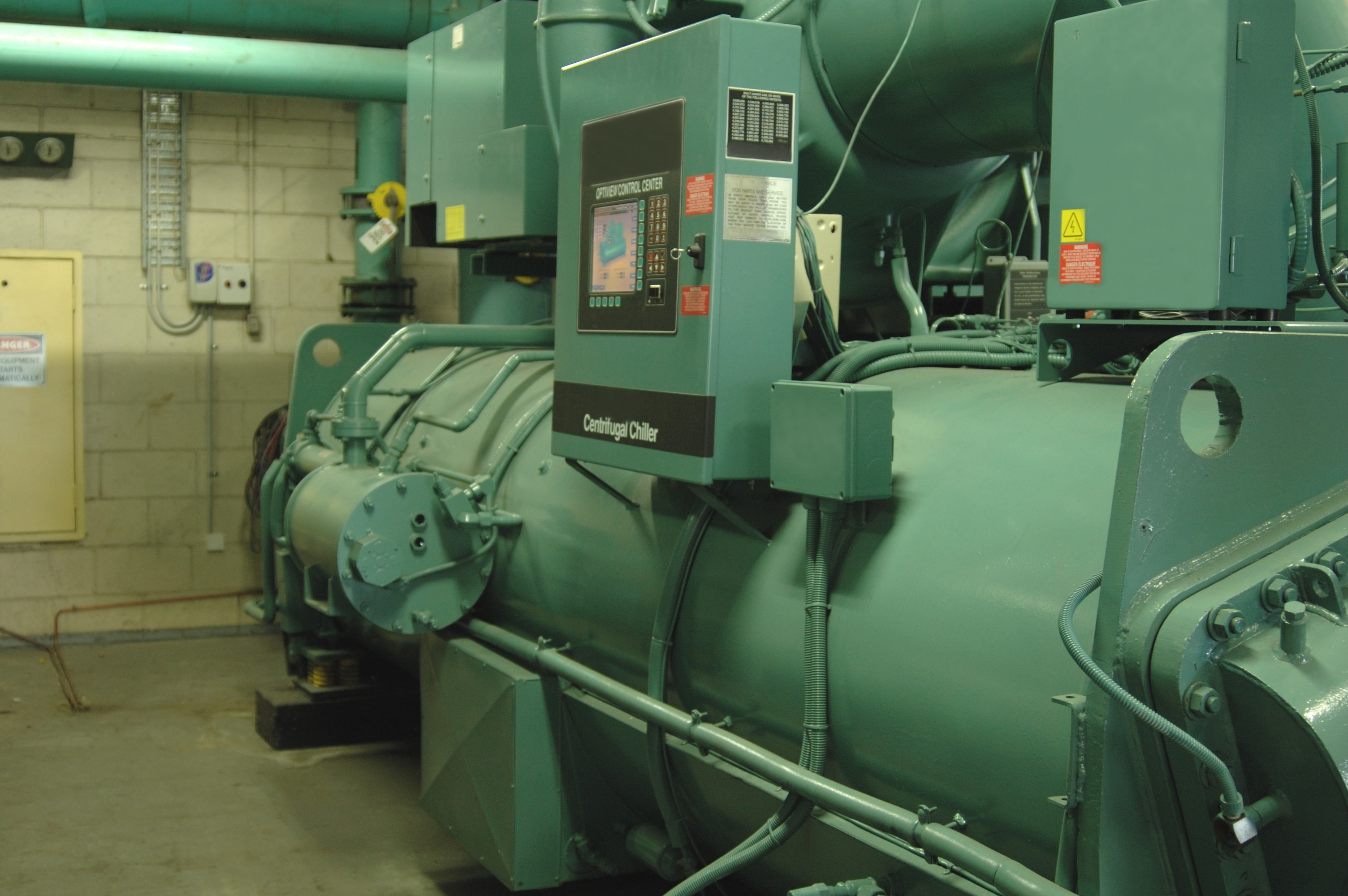Chillers represent the single largest energy consuming piece of equipment within most mid-size to large commercial, industrial, and institutional facilities. On average, commercial chillers can account for 35-50 percent of a building’s annual electricity use. Chillers usually have a lifespan of about 15-20 years and can weigh anywhere from 20 to over 4,000 tons. With a price tag of approximately $250-$350 per ton, replacing chillers can be very cost prohibitive. Facility managers, therefore, should attempt to maximize existing chiller efficiency and performance.
Chiller Efficiency
Let’s talk first about how chiller efficiency performance is measured. Most chillers run at full cooling capacity only 1% of the time. During the other 99%, chillers are off or run at partial loads. Regardless of the load, however, the chiller’s compressor will run at full speed.
Manufacturers rate the efficiency of a chiller based on its full capacity operations. Facility managers may have inefficient chiller operations because they may be rating its efficiency on its full-load performance. Consider it analogous to when automobile manufacturers market a vehicle’s gas mileage using optimal highway speeds, not real stop-and-go driving conditions. Inefficient chillers can waste an additional 30% of energy, on top of their already high baseline electrical consumption.
A simple solution is to install a variable frequency drive (VFD).
Variable Frequency Drives
Variable frequency drives vary the speed of the motor based on the need. If the chiller needs to run only at 20% load capacity, the VFD will modulate the speed of the compressor to match the need, saving a significant amount of energy. VFDs can also act as a soft start, reducing inrush currents and torque, which can increase chiller lifespan and reliability. VFDs can also reduce power factor (PF) penalties and demand surcharges.
Load Reduction
Variable frequency drives can only reduce the speed of the compressor based on the need. Ultimately, reducing the amount of work the chiller needs to perform will reduce costs, especially when combined with a VFD. Consider looking at other energy efficiency measures throughout the facility, including LED lighting, lighting controls, an energy management system (EMS), building envelope improvements, and other efficiency solutions to help reduce chiller loads.
Final Thoughts
The energy consumption of an industrial chiller can cost a mid-size or large organization up to hundreds of thousands of dollars in energy costs each year. Inefficient chillers can waste an additional 30% in energy expenses. Reducing the overall energy output and increasing the lifespan of your equipment by installing a VFD is one of the best ways to maximize chiller efficiency and reduce costs.




